Natural family planning has helped thousands of couples conceive a baby. In addition, it’s a natural and moral method of spacing children. Unfortunately, many people decide against using NFP without knowing or understanding the facts. They may think NFP doesn’t work. They may have looked into it but assumed it to be too difficult. Or they simply may not know much about it.
But using NFP is much easier than you think. Plus, NFP is not an abortifacient, like hormonal birth control. It does not wreak havoc with a woman’s body or moods. It does not make her gain weight or lead to certain cancers. And it’s morally licit.
In this article, we’re going answer a few common natural family planning questions and help you use this NFP chart (click the image to enlarge):
Common Questions about NFP
The main questions many people have include: How does natural family planning work? Does it work well? And how do I know my body’s natural cycles?
Yes, it works—when you do it properly. The natural family planning method called the Creighton Model FertilityCare System, for example, is incredibly successful for couples who want to have babies: “For couples of normal fertility who time their intercourse based on the fertile days of their cycle, 76% of them will achieve a pregnancy in the very first cycle of charting. Ninety percent will achieve by the third cycle of charting, and 98% by the sixth cycle of charting.” That’s an amazing success rate!
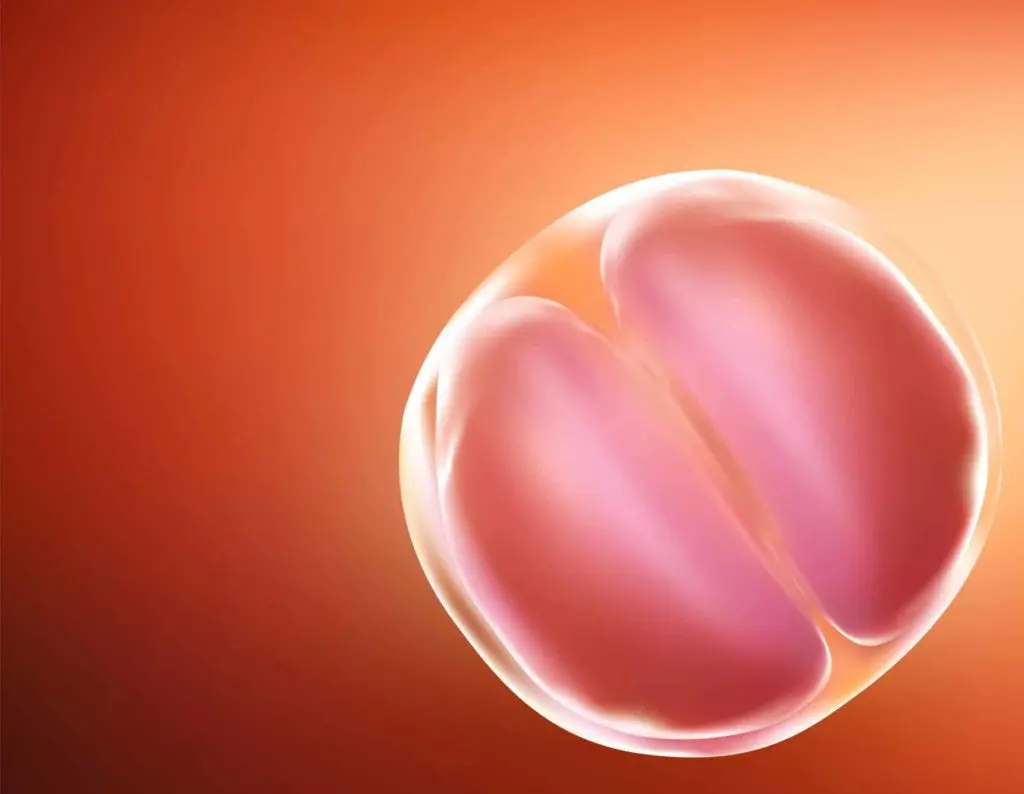
The human organism pre-implantation
NFP also works for couples who wish to postpone having children: “The Creighton Model is both a safe and effective natural method of family planning. It has a perfect use rate of 98.7-99.5%, and a typical use rate of 83-97%, as good as hormonal contraceptives (IUDs, the pill, etc.) and better than barriers (condoms, etc.).”
The Creighton Model is just one natural family planning method of several. The Creighton Model simply has the woman track the appearance and feel of her cervical mucus. Another method called the Sympto-Thermal Method has the woman track her temperature, the appearance and feel of her cervical mucus, and changes in her cervix.
According to the Fertility Appreciation Coalition to Teach the Science: “One study of 342 Fertility Appreciation Collaborative to Teach the Science (FACTS) couples found that 81% using STM [the Sympto-Thermal Method] to become pregnant did so in six months. Without STM, it takes about twelve months for 85% of couples to become pregnant—twice as long.”
And according to the Couple to Couple League, “The Sympto-Thermal Method (STM) is over 99% effective in postponing pregnancy.”
STM is 81% effective in achieving pregnancy over 6 months, and 99% effective in avoiding pregnancy
Today we’re going to talk about the Sympto-Thermal Method because it corresponds to the NFP chart mentioned above. When using this method, a woman must keep track not only of her menstrual cycles, but also her temperature, the feel and look of her cervical mucus, and the feel of her cervix. This may sound difficult and time-consuming, but once you get the hang of it, you’ll find that it’s really easy and takes just a few minutes of charting a day.
Nothing surpasses the expertise of someone trained in NFP, but we want to show you some of the basics to allay the fears of introducing NFP into your life. Once you realize how easy it is, you will wonder why you didn’t start sooner!
Phases
A woman’s body goes through three phases each month. These phases are the result of the hormones in the woman’s body, hormones that help produce the signs she must chart in order to be aware of her fertility. It’s important to understand these phases. According to the Couple to Couple League:
- “Phase I begins on the first day of menstrual bleeding, and normally includes a few infertile days after menstruation.
- “Phase II begins as soon as a woman’s daily observations detect the onset of signs of fertility. This fertile time lasts up to and a few days after the time of ovulation (when an egg is released from the ovary). In a normal healthy woman, Phase II will last up to 12 days.
- “Phase III is the post-ovulation time and is a time of infertility. Phase III typically accounts for the last one-third of a healthy woman’s cycle.”
The Chart
So let’s get to the NFP chart. Remember, the Sympto-Thermal Method requires that a woman keep track of her body temperature, cervical mucus, and changes in her cervix. Take a look at this chart as we discuss the steps.
At the top of the chart, you will notice the question whether your cycles are short or long. A typical cycle is 28 days, but of course, everyone is different. Here, simply note which category you fall into.
Charting the Thermal Shift
Below the question on the length of your cycles, the NFP chart asks about “thermal shift.” According to Tempdrop:
The standard thermal shift is when you notice a series of low temps and then an obvious “shift” of at least two-tenths of a degree, indicating ovulation has happened. Your temperatures will remain at a higher level until the end of that cycle, when your temperatures will dip again and you will get your period (unless of course you are pregnant).
So, a thermal shift is simply a change in temperature that indicates your body has gone into a different phase. You must take your temperature at the same time every day.
A basal body temperature thermometer is essential, as you will be using it daily. You will take your temperature first thing in the morning when you wake up. For most women, the difficult thing to get used to is waking up at the same time every day. But for accuracy, this is important. If necessary, you can go back to sleep afterwards.
Once you take your temperature, record it on the chart for that day. This will help you keep a running record of your daily temperatures. In the chart, put a dot next to the temperature number. Then connect each day’s dots with a line. This will help you track the variations in temperature. You should end up with a graph looking something like this (temperature values are arbitrary in this example):
Types of Cervical Mucus
You will also notice that the NFP chart asks you to keep track of your cervical mucus. This may seem a bit odd to those who are squeamish, but it’s something you will get used to.
First, let’s define cervical mucus and why it’s important: “Cervical mucus is fluid that the cervix releases into the vagina. It has several functions, including keeping the vagina lubricated and preventing infection. Throughout the menstrual cycle, hormonal shifts influence the amount, texture, and appearance of cervical mucus.”
In short, your cervical mucus changes depending on which phase your body is in.
The discharge when you’re fertile begins a few days prior to ovulation. This type of mucus is thin, clear or white, and slippery. It will remind you of an egg white.
The mucus usually follows this pattern, according to MedicalNewsToday:
- “Early cycle (days 1–5): This is when menstruation occurs.
- “Post-period (days 5–10): At first, there may be little or no discharge, but sticky, glue-like fluid may follow. This is a time of low fertility.
- “Pre-ovulation (days 10–14): The body starts to produce more estrogen. The sticky fluid may thin and look cloudy. Eventually, it gets slippery and begins to look like egg whites.
- “Ovulation (day 14): On the day of ovulation, many notice that their cervical fluid is very wet and viscous. A person may be able to stretch the fluid an inch or more between their fingers.
- “Post-ovulation (days 14–22): After ovulation, the body releases the hormone progesterone, which dries up cervical fluid. The discharge may look cloudy at first, then become thicker.
- “Pre-period (days 22–28): As a period approaches, the discharge may have a glue-like consistency again. There tends to be little or no discharge 1–2 days before menstruation. Some people notice spotting just before their period.”
In order to adequately understand your body, you must chart for a couple months to determine the unique pattern of your mucus.
Changes in the Cervix
First, let’s define the cervix. The cervix is the lowermost part of the uterus. It is about four centimeters long, connects the uterus and the vagina, and secretes mucus. This mucus helps carry sperm from the vaginal area to the uterus to fertilize the egg.
In order to accurately chart your progress, you must check your cervix every day. Just as you take your temperature at the same time every day, you will want to check your cervix at the same time every day.
In general, when a woman ovulates, the cervix is high, soft, open, and wetter. Conversely, after ovulation, the cervix becomes firm and drier and feels lower. The cervix is also low and hard to the touch during menstruation; the opening to it is slightly open so the blood can flow out. After menstruation, the cervix stays low but still feels hard, and the opening is closed. For step-by-step directions on how to check your cervix and what to feel for, refer to the resources provided by Flo.
The NFP chart has places to note all the different changes in your cervix and in mucus. It also asks you to chart your peak day. That is the last day of the more fertile mucus.
Other Notes to Record
Also on the NFP chart are other places to note things that could affect your temperature. Are you sick? Are you taking meds? Did your schedule change? Did you take your temperature at a different time? The chart also has a space to keep track of days when you had intercourse. All of these things factor into how you will interpret your data. Make sure to keep accurate notes.
Once you have two to three months of data, you can begin noting patterns and predicting when you will ovulate. And when you are able to predict your ovulation dates, you can either try to have a baby or postpone having a baby for some period of time.
Final Thoughts
Countless numbers of couples struggling with fertility have used NFP to conceive a baby. And countless couples have used NFP methods to postpone having a baby.
The best part of NFP is that the woman is in tune with her body. This usually fosters improved communication with her spouse and teaches the couple to work together as a team. And since stats show that married couples who use NFP have a much lower divorce rate than couples who do not use NFP, there are further benefits to NFP that extend beyond the choice to have or postpone children.
Natural family planning may seem difficult or complicated at first. But once you realize there are just a few steps and a few notes to jot down every day, you will find that it’s actually pretty simple. And your body and marriage will reap the benefits of this natural method.
Susan Ciancio has a BA in psychology and a BA in sociology from the University of Notre Dame, with an MA in liberal studies from Indiana University. Since 2003, she has worked as a professional editor and writer, editing both fiction and nonfiction books, magazine articles, blogs, educational lessons, professional materials, and website content. Fourteen of those years have been in the pro-life sector. Currently Susan writes weekly for HLI, edits for American Life League, and is the editor of its Celebrate Life Magazine. She also serves as executive editor for the Culture of Life Studies Program, an educational nonprofit program for k-12 students.


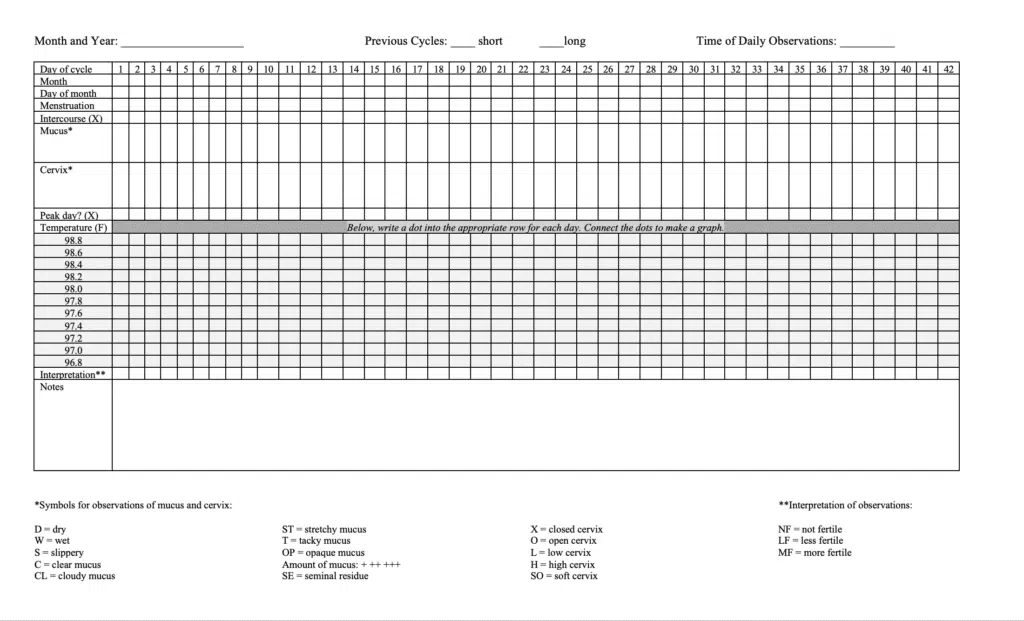
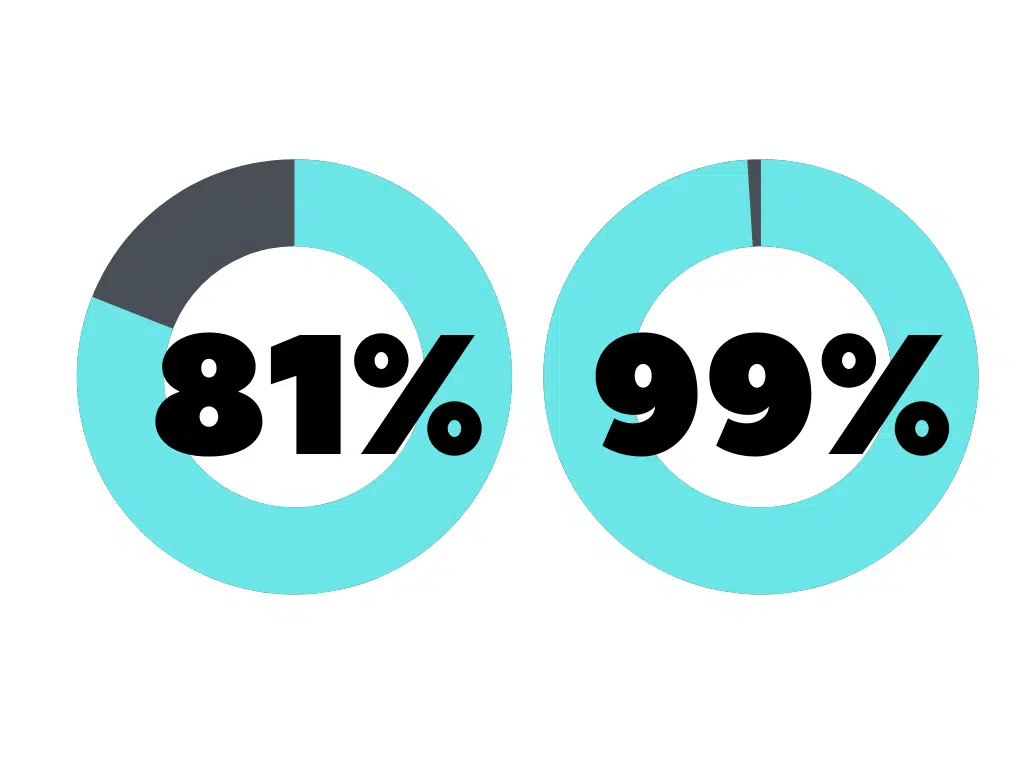
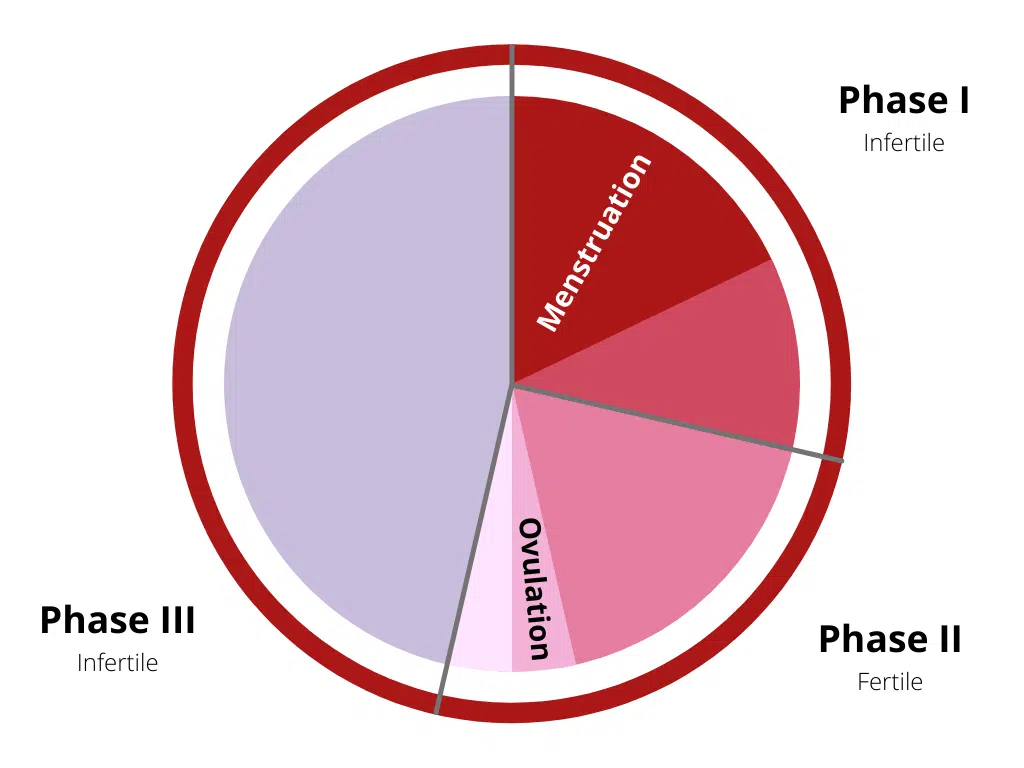
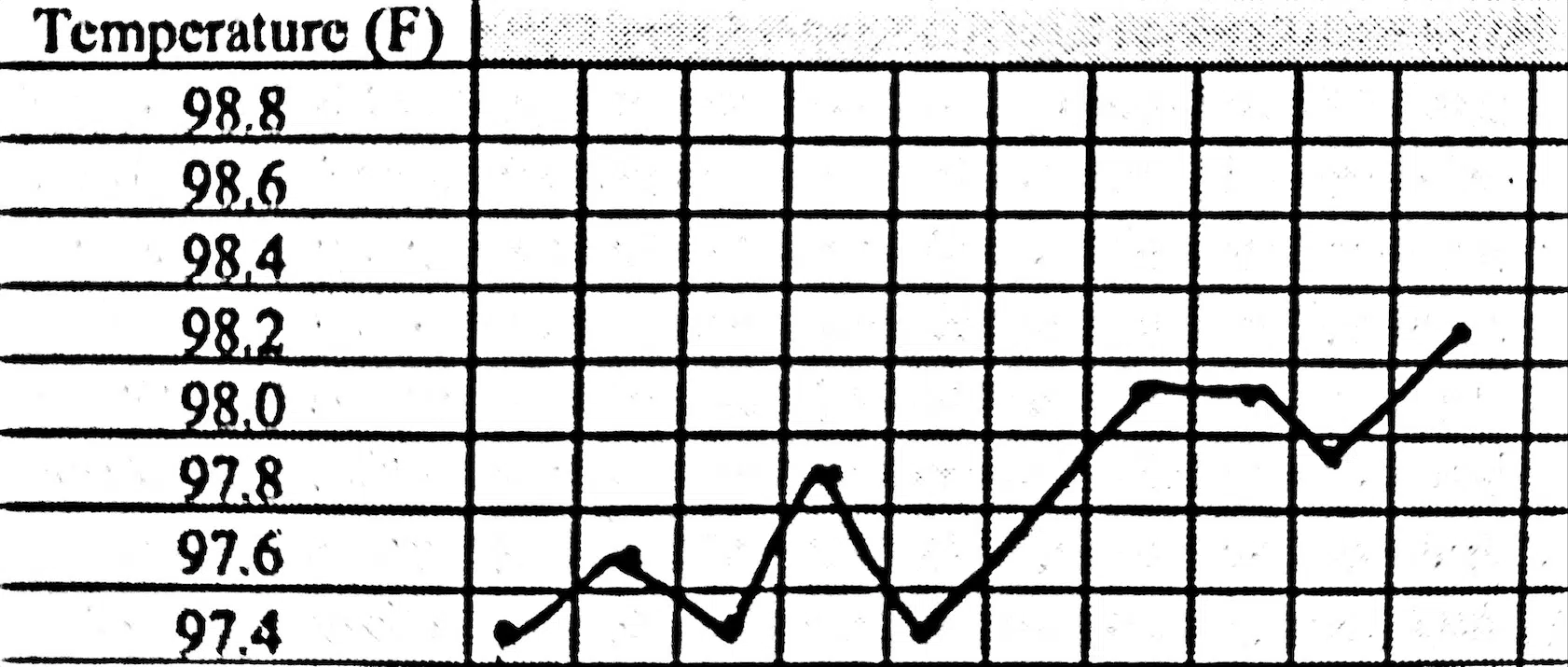


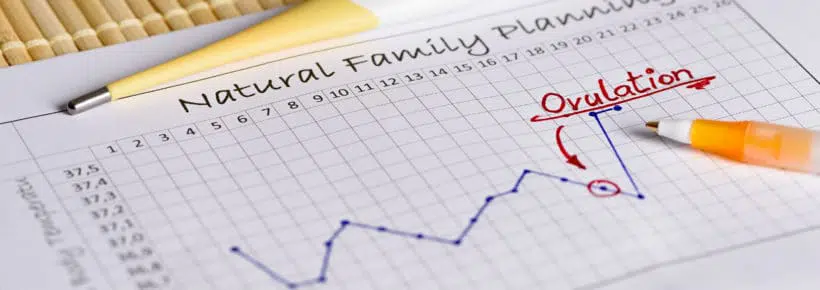
I kindly suggest you to leave a link where people interested to learn how to practice Natural Family Planning may write.
Good Morning! Thank you for bring this to our attention. You may be pleased to know that we have written several articles introducing Natural Family Planning to beginners; I have included the link to one below. These articles contain all the links and resources necessary for any young couple to begin practicing NFP.
Thank you, and God Bless!
https://www.hli.org/resources/what-is-nfp/